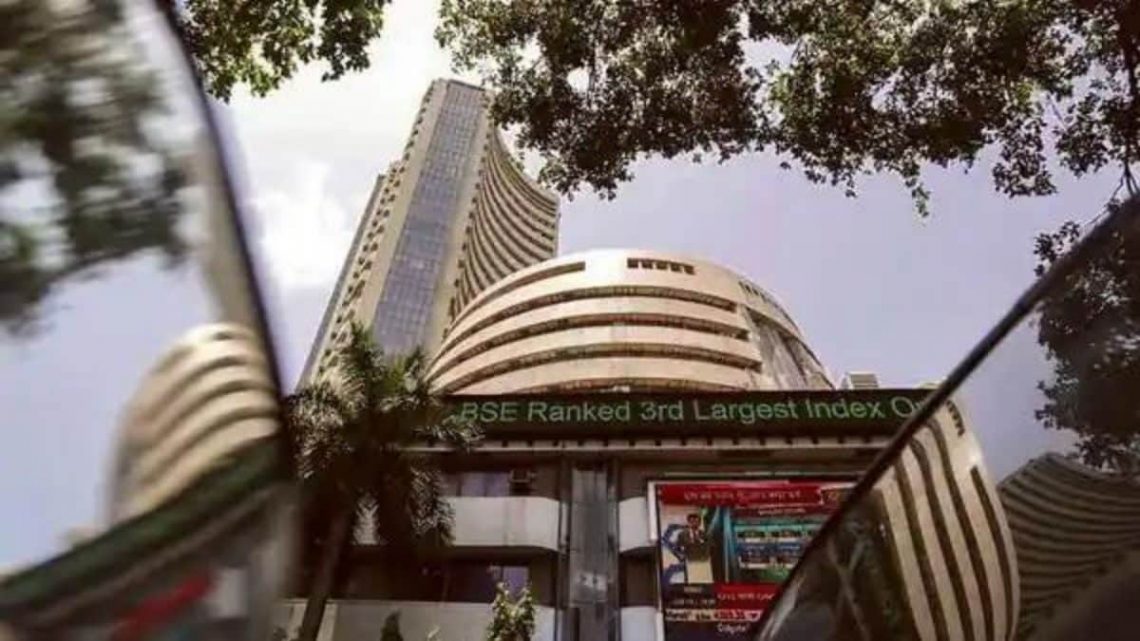The Sensex and Nifty extended its losses on January 27 due to global cues, weak corporate earnings, continuing uncertainties about US trade policy, and ongoing foreign outflows. The Indian market was under pressure from falls in the banking and IT sectors, while FMCG witnessed moderate improvements.
At 10:45 a.m., the Sensex was down 750 points, or 0.98 percent, to 75,447, while the Nifty was down 227 points, or 0.98 percent, to 22,865. About 550 shares rose, 2,695 fell, and 155 were unchanged. In the broader market, the selloff was much more intense, with the BSE Midcap dropping 3% and the Smallcap index plummeting more than 4%.
U.S. stock futures and other Asian markets fell as investors weighed the ramifications of Chinese firm DeepSeek’s unveiling of a free, open-source AI model that is expected to compete with OpenAI’s ChatGPT. Meanwhile, the currency rose after US President Donald Trump placed retaliatory tariffs and fines on Colombia for preventing military planes carrying deported migrants.
Nasdaq Composite futures fell almost 2%, while S&P 500 futures down 1%. Japan’s Nikkei lost 0.3 percent, wiping up previous gains, while New Zealand’s benchmark slid 0.6 percent. In contrast, Hong Kong’s Hang Seng gained 0.9 percent, while mainland China’s blue-chip CSI 300 rose 0.2 percent, despite statistics showing an unexpected fall in manufacturing this month.
Independent market analyst, Ambareesh Baliga, told Moneycontrol, “Typically, one might expect a pre-budget rally, but that hasn’t materialised. Any market upside is being used by investors to book profits or exit positions. As a result, this week also appears weak.”
India’s main indexes ended the previous week with their third consecutive weekly loss. Foreign portfolio investors (FPIs) have been net sellers, withdrawing a record Rs 69,080 crore from Indian stocks in January alone.
The earnings season is proving to be a significant influencer of market mood.
“Results so far have been mixed, leaning slightly negative, with many companies disappointing expectations. Additionally, uncertainty around the trajectory of U.S.-India relations under Trump’s presidency is adding to investor anxiety. While some announcements have been made, Trump’s unpredictability could spark further volatility,” Baliga said.
With only five trading sessions remaining until the Union Budget on February 1, all eyes are focused on the US Federal Reserve’s rate decision on January 29. While the Fed is largely expected to keep interest rates unchanged, investors are eagerly anticipating its comments—particularly in light of President Trump’s quest for lower borrowing costs—to gain a sense of future monetary policy direction.
Among stock-specific developments, ICICI Bank climbed 0.6 percent after posting increased quarterly earnings, driven by healthy loan growth despite some pressure on lending margins.
Bharat Electronics, JSW Steel, BPCL, IndusInd Bank, and Power Grid Corp topped the laggards on the Nifty 50, down 1-2 percent. On the positive side, Britannia, HUL, ITC, ICICI Bank, and Nestle were the leading gainers, up 0.5-2 percent.
CreditAccess Grameen shares fell 17 percent after the business cut its full-year expectations downward again. It now predicts loan growth of 7-8 percent for the fiscal year, down from the 8-12 percent prediction made at the end of the September quarter.
Prashanth Tapse, Senior VP (Research) at Mehta Equities said, “With a bearish technical setup and lower highs/lows on daily charts, Nifty is at risk of closing below the key 23,000 level, with next support at 21,281.”
Meanwhile, in the IPO sector, all eyes are on CLN Energy as it prepares to close its subscription on January 27.
Link to article –
Sensex crashes over 750 points, Nifty too 1% down under global pressure



